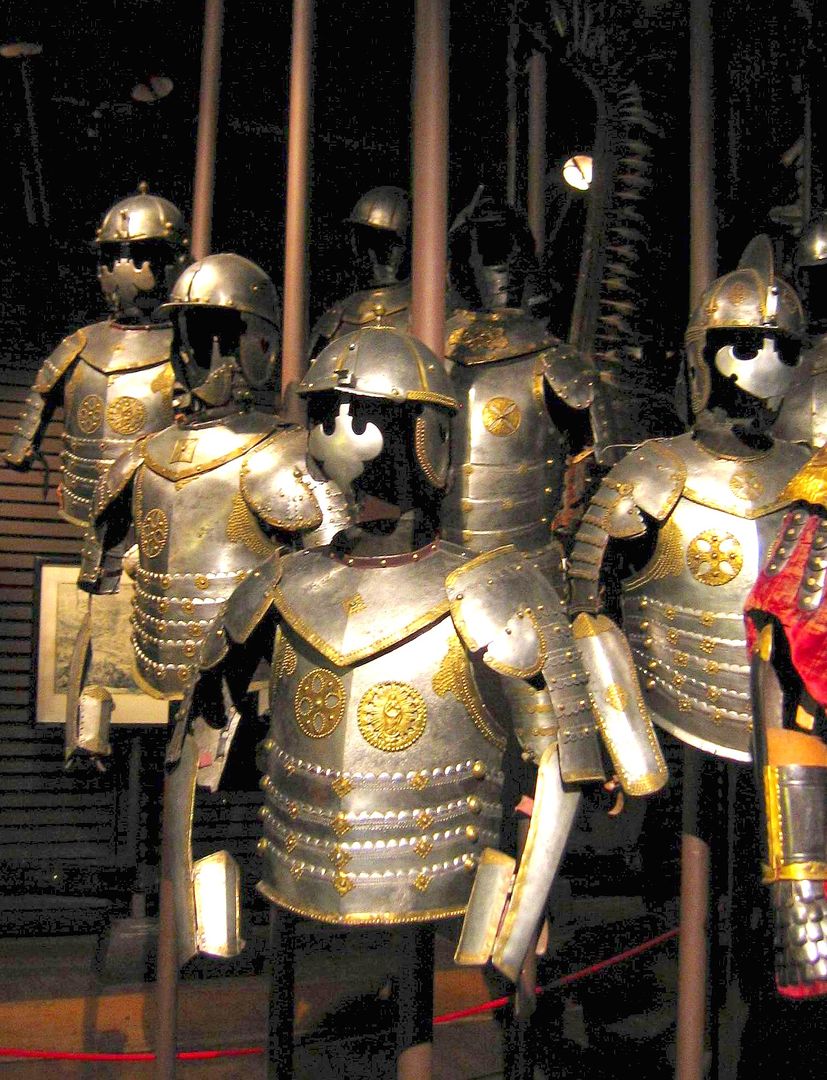Polish Army Museum in Warsaw
7.03

Overview
The Polish Army Museum in Warsaw, located within the Warsaw Citadel, was established on April 22, 1920, by a decree of the Commander-in-Chief, Marshal Józef Piłsudski. Its first director was Bronisław Gembarzewski. The museum was initially opened in 1922 at Podwale Street and moved to its current location at Aleje Jerozolimskie in 1933. The museum collects exhibits related to the history of Polish military affairs, including militaria, documents, and works of art. By 2023, the collection had exceeded 300,000 items, featuring relics from the Battle of Grunwald, armor, uniforms of famous commanders, extensive collections of firearms, and military equipment such as tanks and aircraft.
The museum endured difficult times during World War II, when part of its collection was taken to Germany, and the building was converted into warehouses for the Waffen-SS. After the war, the museum resumed its activities in 1946. Its most important exhibitions showcase the history of Polish armed forces and display heavy military equipment in the museum's park.
An interesting fact is that the Polish Army Museum houses unique exhibits, including memorabilia of Józef Piłsudski and the only Mi-24 helicopter whose interior is accessible to visitors. In 2023, a new museum building was opened at the Citadel as part of the development of the museum complex, which is set to become a significant landmark on Warsaw's cultural map.
It is also worth mentioning that the museum holds remnants of the metal plate from the monument of Ivan Paskevich and an original burnt inscription of the Waffen-SS, serving as witnesses to the occupation period. Additional branches of the Polish Army Museum include the Katyn Museum, the Museum of Polish Military Technology, the Armored Weapons Museum in Poznań, and the Museum of the Battle of Warsaw in Ossów.
The museum plays an important role in education and preserving the memory of Polish history, offering a rich collection for researchers, history enthusiasts, and tourists.
Location
Tickets
Powered by GetYourGuide
2025 Wizytor | All Rights Reserved